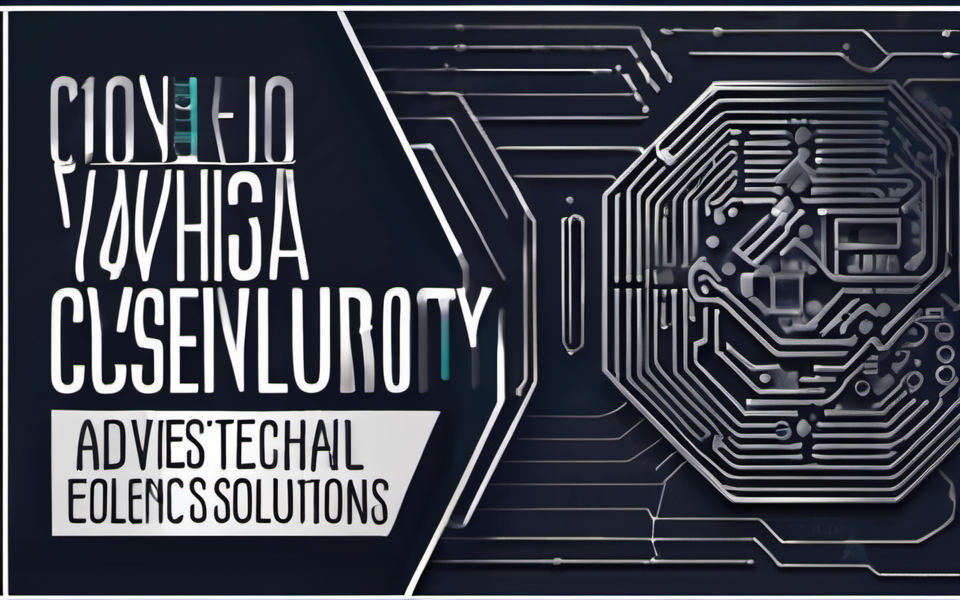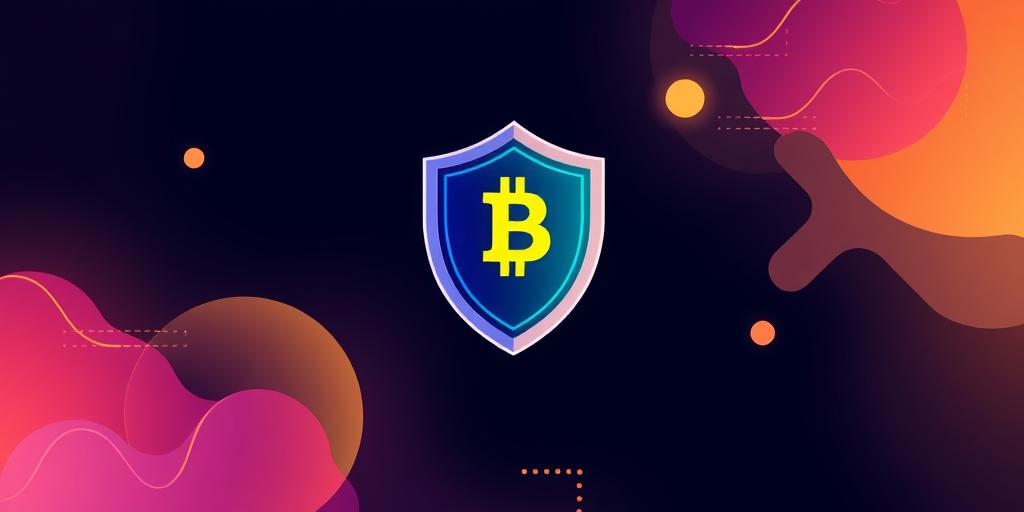Imagine a world where your personal data is safe, your business is secure, and your peace of mind is unshakeable. It may sound like a distant dream in the face of ever-evolving cyber threats, but it doesn’t have to be. With the right advanced technical solutions, you can finally break free from the fear of cyberattacks and reclaim control of your digital world. This guide will take you on a journey into the cutting-edge world of cybersecurity, equipping you with the knowledge to safeguard your digital future.
The Invisible Enemy: Understanding Cybersecurity Weaknesses
The modern world is awash in data, making it a treasure trove for cybercriminals. They seek to exploit vulnerabilities, steal sensitive information, disrupt operations, and even hold entire systems hostage. To effectively fight these threats, you must first understand their common entry points.
Human Error: The Weakest Link
Human error, often referred to as social engineering, is a primary culprit in cybersecurity breaches. Careless clicks, unpatched software, and the sharing of sensitive information on unsecured networks are common examples. A single misstep can open a wide door for hackers to exploit your system.
- Phishing Attacks: These use deceptive emails or text messages to trick users into clicking malicious links or downloading infected files.
- Tailgating: This involves physically following an authorized person through a security checkpoint, gaining access without proper authorization.
- Shoulder Surfing: Criminals can simply look over someone’s shoulder to steal their passwords or sensitive information displayed on their computer screen.
Technical Vulnerabilities:
Software bugs, outdated systems, and misconfigured security settings are the silent collaborators of cyberattacks. These technical vulnerabilities create pathways for hackers to infiltrate networks, compromise systems, and steal valuable data.
- Outdated Software: Older software versions often lack security updates, leaving systems susceptible to known exploits.
- Unpatched Systems: Critical security updates should be implemented as soon as they are released. Failing to do so can leave systems vulnerable to previously unknown vulnerabilities.
- Weak Passwords: Using simple and easily guessable passwords can make systems susceptible to brute force attacks, where attackers use software to try numerous password combinations until they find the right one.
Unlocking the Future: The Power of Advanced Technical Solutions
The battle against cyberattacks is no longer a lone wolf fight. The rise of advanced technical solutions empowers organizations and individuals alike to defend their digital frontiers effectively. Here are some key technologies driving the future of cybersecurity:
1. Artificial Intelligence (AI): The Intelligent Guard
AI is revolutionizing cybersecurity by detecting anomalies and threats in real time. It learns from historical data and identifies unusual patterns, which are then flagged for investigation. AI-powered security systems are also capable of autonomously responding to threats, such as blocking malicious activity or quarantining infected files.
- Threat Intelligence: AI algorithms continuously gather and analyze threat intelligence data from multiple sources, identifying emerging attack patterns and vulnerabilities.
- Behavioral Analytics: AI tools monitor user activity and system behavior, identifying unusual activity that may indicate a security breach.
- Predictive Security: By leveraging historical data and real-time insights, AI can anticipate potential security risks and proactively deploy countermeasures.
2. Zero Trust Security: Never Trust, Always Verify
Traditional security models often rely on “trust” within the network, which leaves them vulnerable to internal breaches. Zero trust security takes a fundamentally different approach, eliminating the notion of trust and verifying each user, device, and connection at every interaction. This multi-layered defense system minimizes the impact of a security breach by limiting access and controlling data movement.
- Multi-Factor Authentication (MFA): This system requires users to provide multiple forms of authentication before accessing systems, such as passwords, biometrics, or one-time codes.
- Endpoint Security: Zero trust extends to all devices connected to the network. This involves deploying robust endpoint security solutions that monitor and control access to data, preventing unauthorized access and data exfiltration.
- Network Segmentation: Dividing a network into smaller, isolated segments helps to limit the impact of a security breach. By restricting access to data and applications based on user roles and permissions, attackers can be confined to specific areas, limiting their reach.
3. Cybersecurity Automation: Freeing Up Time for Expertise
Cybersecurity professionals are in high demand, facing a relentless battle against ever-evolving threats. Automation is becoming an essential tool to free up their time, allowing them to focus on more strategic and complex tasks.
- Vulnerability Scanning: Automating the process of identifying and prioritizing vulnerabilities can accelerate the patching process, significantly reducing exposure time.
- Incident Response: Automation tools streamline incident response processes by quickly analyzing security events, identifying potential threats, and applying predefined responses.
- Security Monitoring: Automated security monitoring solutions alert security teams to suspicious activity in real time, providing critical information for faster response and remediation.
Navigating the Path to Cybersecurity Resilience
Securing your digital future requires a proactive approach. Integrating these advanced technical solutions with effective security strategies is crucial to building a truly resilient digital defense.
1. Build a Robust Security Posture:
- Invest in advanced technologies: Deploying AI, zero trust principles, and automation are no longer luxuries, but essential investments to maintain a secure digital environment.
- Train your workforce: Cybersecurity awareness training can help reduce human error, the primary source of security breaches.
- Regularly test your defenses: Conducting penetration testing and vulnerability assessments regularly can help identify and address security weaknesses before attackers exploit them.
2. Be Prepared to Respond Quickly:
- Establish clear incident response protocols: Knowing what to do in case of a cyberattack is essential. Develop a detailed incident response plan and practice it regularly.
- Build a strong cybersecurity team: Invest in hiring skilled cybersecurity professionals or partnering with security experts.
- Collaborate and share information: The threat landscape is constantly evolving. Partner with others in your industry and share threat intelligence to stay ahead of attackers.
Key Takeaways
- The future of cybersecurity is characterized by intelligent AI systems, robust zero trust principles, and powerful automation tools.
- These advancements will be essential for organizations to defend against evolving cyberattacks, from phishing attacks and shoulder surfing to weak passwords and unpatched systems.
- Investing in these solutions, alongside strong security practices and training employees, can empower you to take a proactive approach to building a resilient digital fortress, securing your data and achieving true cybersecurity peace of mind.
Ready to embrace the future of cybersecurity? Contact us today to learn more about these transformative solutions and empower yourself with the knowledge and tools to build a truly secure digital future.









